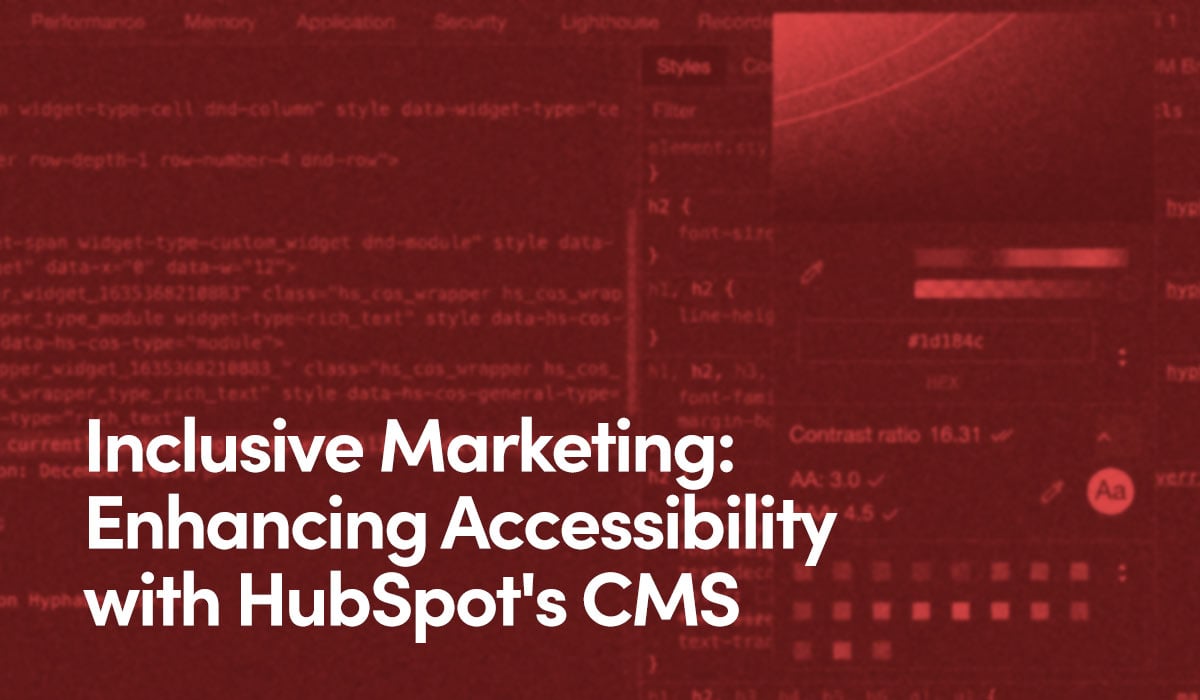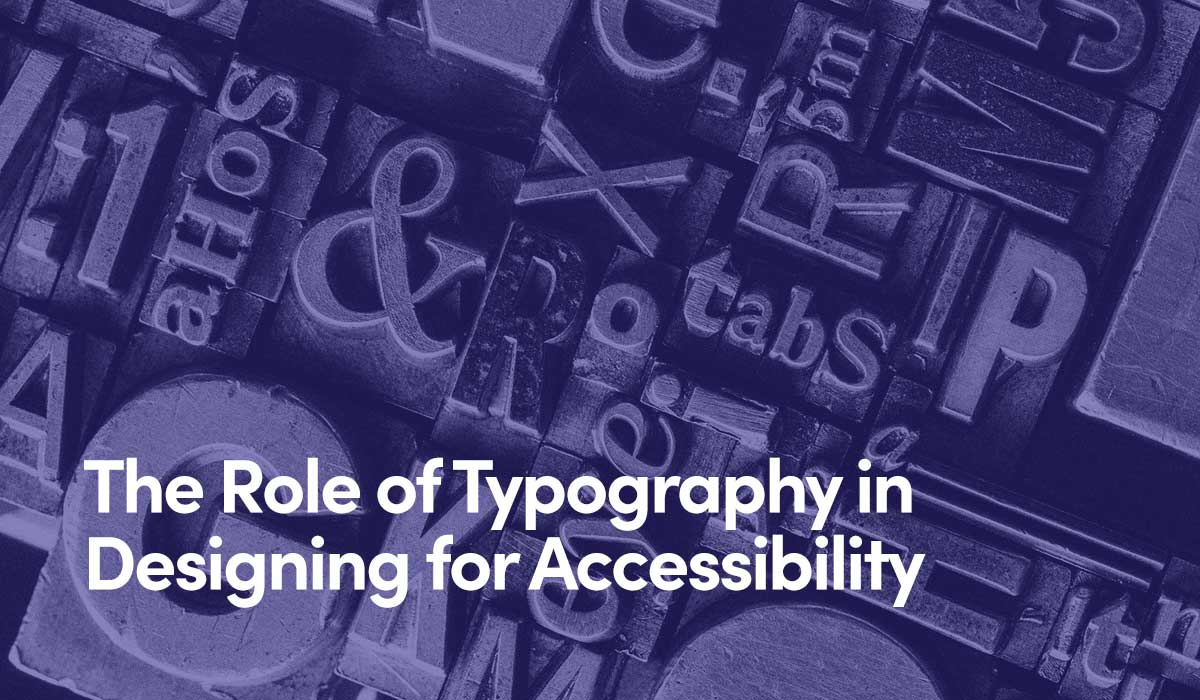An organization’s website is an important aspect of its overall business, serving as a space for connecting with audiences, a tool facilitating sales and customer conversions, and a platform for presenting your unique brand identity to the greater public.
When websites are not designed with accessibility in mind, however, large segments of your audience can have trouble accessing or engaging with your online content, products, and services due to physical or cognitive disabilities—which can lead to lawsuits.
To mitigate the possibilities of legal action, organizations should strive to make all their online content as accessible and inclusive as possible.
Why Is It Important to Consider Website Accessibility?
Failing to account for people with disabilities when developing your websites, content, or applications can leave you vulnerable to lawsuits under Title III of the Americans with Disabilities Act (ADA), which relates to nondiscrimination on the basis of disability by public accommodations and in commercial facilities.
The law stipulates that all people have equal opportunities to participate in programs, receive services, seek knowledge, and express themselves freely—including in online spaces. It also charges organizations with the responsibility of ensuring their websites and content are accessible to all.
The rule applies to websites and mobile applications for all “places of public accommodation,” which encompass privately operated organizations open to the public, such as:
- Restaurants
- Theaters
- Hotels
- Retail Stores
- Private Schools
- Pharmacies
- Doctor’s Offices
- Airports & Public Transportation Hubs
- Museums
- Amusement Parks & Recreational Facilities
- Social Services Centers
Throughout the last few years there’s been a severe uptick in website—and accessibility—related lawsuits. Since 2018, there have been more than 10,000 website and mobile app accessibility lawsuits filed annually in the United States, making up roughly one-fifth of all ADA Title III filings in federal courts, according to a 2022 article published by the American Bar Association.
In addition to protecting your brand from legal repercussions and doing the right thing from a moral perspective, making your online assets accessible and inclusive will avoid alienating prospective customers! Digital barriers and obstacles impeding or negatively affecting their experiences adversely impact your brand’s reputation—costing you customers, all around.
It therefore simply makes good business sense to ensure your products and services are accessible to as wide an audience as possible.
Make Your Website Accessible to Everyone
Is Your HubSpot Site WCAG Compliant?
Protect Your Business With Accessibility Solutions arrow_forwardWhat Factors Can Lead to Web Accessibility Lawsuits?
There are numerous website features and design elements that can limit user experiences and prevent them from fully understanding or interacting with your content, products, and services.
Some of the most common ADA lawsuit complaints include:
- Lack of Alternative (Alt) Text
- Empty or Redundant Links
- Missing Navigation Links
- Incompatibility With Screen Reader Technology
- Missing Labels or Page Titles
Failing to consider the needs of people with disabilities—including those living with blindness or visual impairments, speech and language difficulties, deafness, physical or motor conditions, and cognitive disabilities—could leave your organization open to legal action.
What Design Elements Can Improve Accessibility & Mitigate Legal Exposure?
Ultimately, the best way to avoid the risk of lawsuits is to incorporate accessibility elements and features from early on in the development phase of your website, while consistently improving layout and functionality to be as inclusive as possible.
To that end, the World Wide Web Consortium (W3C) developed the Web Content Accessibility Guidelines (WCAG) as a set of internationally recognized standards and best practices for organizations and website designers to improve the accessibility of their site and content.
The guiding principles of the WCAG are to help make websites and applications perceivable, operable, understandable, and robust for audiences of all different abilities and backgrounds.
Here are some specific design features and elements that could improve accessibility for your site’s audiences:
- Create Alternative (Alt) Text for All Audio & Visual Elements
- Provide Access to All Functions From a Keyboard
- Incorporate Text-to-Speech & Voice Recognition Features
- Provide Readable & Understandable Text Content
- Make Sure Every Site Page Can Be Navigated Predictably & Consistently
- Give Users the Chance to Correct Any Errors
- Use High-Color Contrast When Using Colorful Text or Images
- Include Captions or Transcriptions for Multimedia Elements
- Ensure Users Can Contact Your Organization Using Text
- Give Users Enough Time to Read Content
- Minimize Use of Tables
- Provide an Easy Way to Magnify Text
Whether you’re building your own website or considering hiring a third-party partner, it’s essential to consider the diverse needs of your various audiences and make it as easy as possible for every user to engage with your platforms—at the risk of a lawsuit or not.
By designing with users’ experiences in mind, you’re not only protecting your business from a potential lawsuit, but doing the right thing overall, by helping to build a more digitally accessible and inclusive world!




